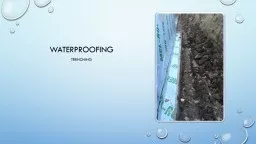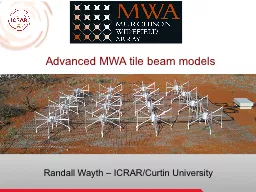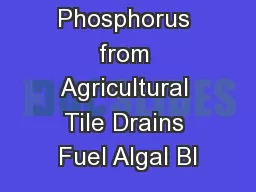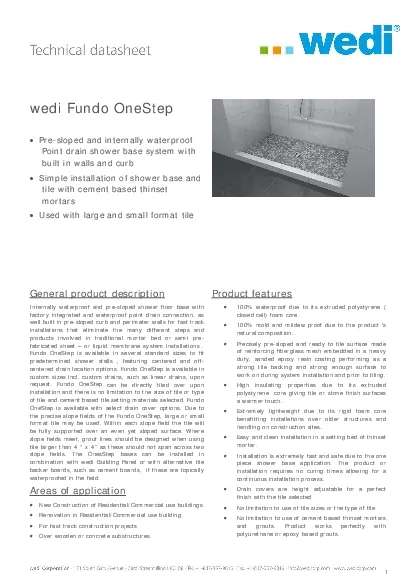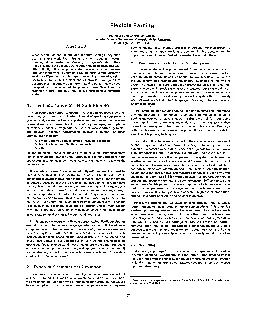PPT-The effects of tile drain input on a gaining stream: Using a thermal end member mixing
Author : phoebe-click | Published Date : 2018-11-12
Zachary Kisfalusi Masters Thesis Research 100915 Overview Introduction Hypotheses Study Site Methods Results Discussion Conclusions Future Work Temperature An
Presentation Embed Code
Download Presentation
Download Presentation The PPT/PDF document "The effects of tile drain input on a gai..." is the property of its rightful owner. Permission is granted to download and print the materials on this website for personal, non-commercial use only, and to display it on your personal computer provided you do not modify the materials and that you retain all copyright notices contained in the materials. By downloading content from our website, you accept the terms of this agreement.
The effects of tile drain input on a gaining stream: Using a thermal end member mixing: Transcript
Download Rules Of Document
"The effects of tile drain input on a gaining stream: Using a thermal end member mixing"The content belongs to its owner. You may download and print it for personal use, without modification, and keep all copyright notices. By downloading, you agree to these terms.
Related Documents



